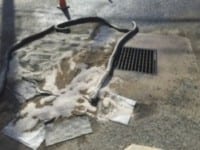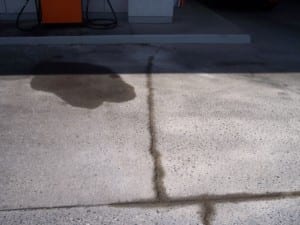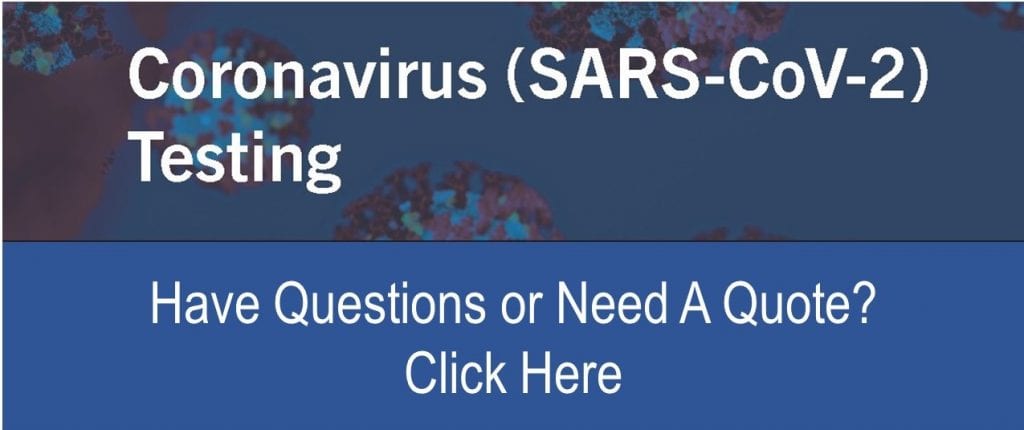 Did you just discover a minor leak on your property? If you are not sure what to do to prevent small gasoline leaks from becoming a major problem, we can guide you. We will tell you where to look, what to look for, and how we can help you through the clean-up process.
Did you just discover a minor leak on your property? If you are not sure what to do to prevent small gasoline leaks from becoming a major problem, we can guide you. We will tell you where to look, what to look for, and how we can help you through the clean-up process.
It is easy to imagine a large catastrophic leak of gasoline from an underground storage tank – and the corresponding contamination that the leak may cause. However, it is much more common for contamination to be caused by the accumulation of several small leaks rather than one large leak.
Let’s use gasoline as an example. Gasoline is comprised of hundreds of different chemical compounds, some of which are fairly inert and some which are classified as carcinogenic. Benzene for example is a carcinogenic component of gasoline. According to the Environmental Protection Agency, the safe drinking water limit for benzene is 5 parts per billion (ppb). In some states, the limit is 1 ppb. Although Benzene makes up less than 1% of the volume of gasoline, a 10 gallon gasoline leak can potentially contaminate 12 million gallons of water. At those levels, it does not take much of a release to prompt regulatory action and a corresponding decrease in the value of your property.
State and Federal regulations have updated technical specifications for gasoline dispensing equipment, leak detection systems and overspill protection devices to reduce the occurrence of small gasoline leaks. Also, advances in design and materials have greatly reduced the threat of petroleum releases from underground storage tank systems into the environment. However, despite these advances, releases are still occurring.
Where are we finding the gasoline leaks?
Common sources of the releases are sumps and spill buckets. These devices include the spill buckets at the tank fill and vapor recovery points, the sumps beneath dispensers, STP sumps, and intermediate or transition sumps. Even small volume releases of product from these devices can migrate to the water table and create huge liabilities for the property owner.
How can we help?
Many of these releases are prevented or minimized by conducting simple inspections and ensuring timely attention to what are usually minor maintenance issues.
Examples of what should be inspected:
Seals
The seals of the sump lids often dry out, crack, and require replacement. Water in your sumps may be an indication of a bad seal.
Sump Walls
Check to ensure the walls are intact and are not slumping or warping.
Cracks or Holes
Cracks and holes are evidence that the sump will no longer contain product or prevent releases.
Leaking Components
Check to ensure the piping, fittings, and connections in the sump are not leaking or dripping fuel.
New Staining
Stains may indicate a release that was not properly contained.
Correct Sensor Position
Sensors should not be raised as the result of false alarms or for any other reason. Raised or disabled sensors will take longer or fail to detect a leak.
Penetrations into the Sump
Ensure all areas where electrical wires, conduits and piping enter the sump are sealed.
Piping
Look for cracks, corrosion, delamination, kinks, etc.
Liquid or Ice
Liquid or ice can damage equipment. Water in the sump will reduce capacity and may cause metal equipment to corrode. Fuel in the sump will also reduce capacity and may damage some components not designed for long-term contact with petroleum.
Spill Buckets
Ensure the lids to spill buckets keep water out when the lid is closed. Check for holes or cracks. Also check for and remove any liquid, debris or ice present in spill buckets before and after every delivery. Make sure the lid is not touching the fill cap. The fill pipe and tank could potentially be damaged if it is in an area where vehicles drive over the lid. Check the drain valves.
Do not pump fuel from spill buckets into storm drains, lavatories, or monitoring wells. Improper disposal can cause surface and groundwater contamination and produce vapor and explosion hazards.
Federal regulations do not currently require inspection and testing of sumps and overfill devices. They also do not require operators to report or to keep any specific records of sump inspection and maintenance practices. However, a simple inspection program is inexpensive insurance when you consider the cost, inconvenience, and interruption to your business for an environmental assessment and cleanup.
Ambipar Response EMS, Inc. provides sump and spill bucket inspection services. We also provide inspection and regulatory compliance training programs for operators. If you need assistance with inspecting your property or have any further questions, please reach out to us!



